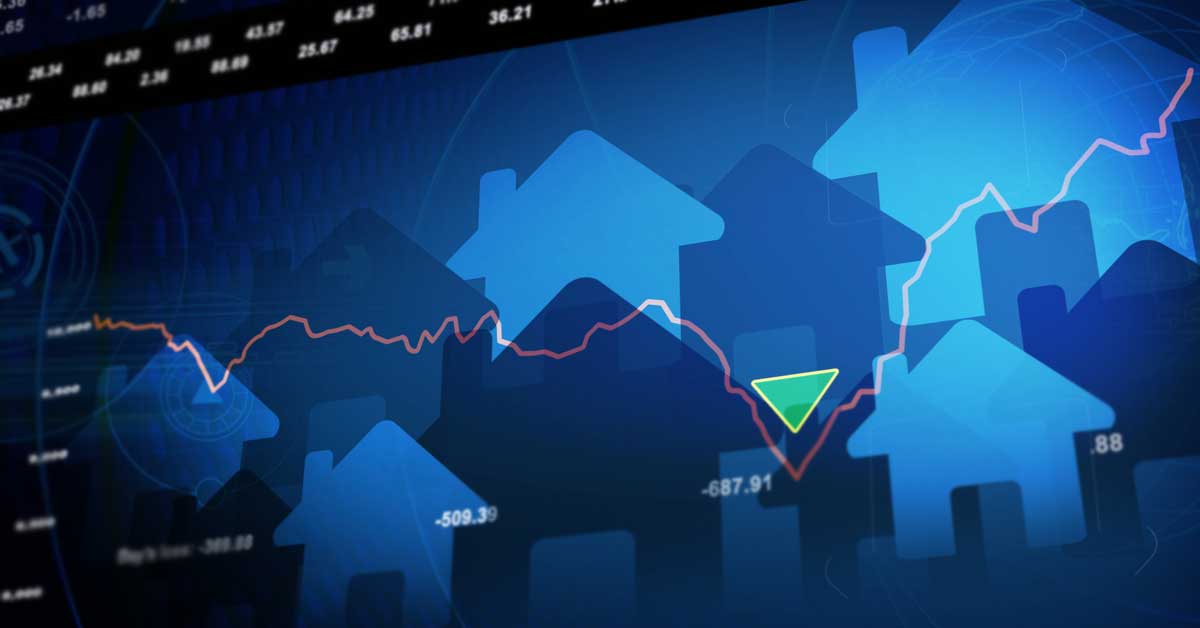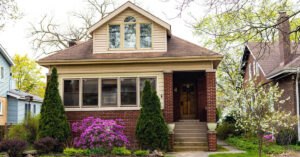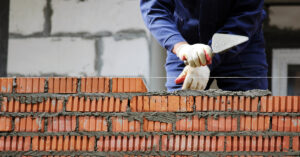For some people, the message that homeownership is better than renting simply doesn’t resonate. There are many reasons for this, of course, from the convenience of having a landlord fix anything that’s broken to the fancy amenities of some apartment communities. These arguments tend to minimize or ignore the mounds of evidence that paint homeownership as the financially prudent choice — even in the current climate that includes rising barriers for buyers.
As of second-quarter 2021, First American Financial Corp. reported that owning a home was less expensive than renting one in each of the 50 largest U.S. metropolitan areas. First American reached this conclusion by comparing the median monthly cost of owning a home at the 25th-percentile price tier (a segment commonly accessed by first-time buyers) to the median rent price in each market. The analysis also assumed that buyers were making a 5% downpayment, had a mortgage interest rate of 3% and were paying a mortgage insurance rate of 0.75% of the home’s value.
Importantly, First American also noted that this cost-comparison calculation includes home equity gains. Skyrocketing home values have naturally led to record levels of untapped equity. U.S. homeowners with mortgages gained some $2.9 trillion in equity (or $51,500 per borrower) in the 12 months ending this past June, CoreLogic reported.
“Rapid house-price appreciation can certainly be intimidating for those that are trying to buy a home,” says Odeta Kushi, First American’s deputy chief economist. “But once that home is purchased, as we know, appreciation helps to build equity and it becomes a benefit rather than a cost.”
First American’s report went on to explain that precipitous price increases were building enough equity to outstrip the costs of homeownership. In Dallas, for example, the monthly cost to own a typical starter home as of midyear 2021 was $1,720 (about $400 more than the median cost to rent). But the 17.5% annualized price gain at this time equated to $3,550 per month in accumulated equity. “The home pays you to live in it,” the report concluded.
Rent-price increases, which were sizzling for much of the past year, began to cool more recently. According to Apartment List, nationwide rents rose by 0.8% from September to October 2021, the slowest pace of growth in eight months. Rents actually dropped during the month in 22 of the 100 largest U.S. cities. This could be a disincentive for renters who are considering a home purchase, although Apartment List noted that the U.S. median rent of $1,312 at this time was $107 higher than pre-pandemic projections.
When it comes to people on the fence between renting and owning, there appears to be a clear dividing line that shows up in Q3 2021 census data: The homeownership rate for households headed by someone 35 to 44 years old was 61.3%, about 4 percentage points below the national average. But among households headed by someone under 35, only 38.5% owned their home.
The data reinforces that housing continues to be one of the biggest positive drivers of wealth creation.
– Odeta Kushi
Deputy chief economist, First American Financial Corp.
“Millennials are buying much later in life than their generational predecessors,” Kushi says. “They’re also the most educated generation, so they’re staying in school longer. And we know that education takes time and it takes money, so they’re pushing these key lifestyle decisions that are highly correlated with homeownership — getting married, having kids — to later in life.”
There’s no shortage of marketing campaigns that target younger home-purchase candidates, but these homeownership numbers seem to indicate a vast and untapped market opportunity for mortgage lenders, homebuilders and other stakeholders. Six in 10 U.S. households, however, cannot afford the median home price of about $347,000, according to February 2021 estimates from the National Association of Home Builders (NAHB).
Additionally, the affordability margin is razor thin for many consumers. A $1,000 increase in this median price would disqualify another 154,000 households by pushing their front-end debt-to-income income ratio above 28%.
“[Builders] need to be really focusing on housing affordability, especially the starter homes, because right now due to the labor shortage and the material costs, it drives up the house price,” says Na Zhao, NAHB senior economist. “The drivers of house prices make less and less starter homes available on the market.”
Increasing the supply of starter homes is much easier said than done. Regulatory costs today average nearly $94,000, or roughly one-quarter of the sales price of a new single-family home, NAHB reported. These costs rose by almost 11% from 2016 to 2021.
“Lack of labor, regulatory hurdles that make it more expensive, lack of affordable lots — all of those factors make it difficult to build at that starter-price segment, which is where we need the most homes for this massive incoming wave of first-time homebuyers,” Kushi says.
Her expectation for the coming year is a continued “supply-and-demand imbalance” as mortgage rates rise, more homes come on the market and annualized appreciation drops into the single digits. But none of this changes a key long-term takeaway.
“For the majority of households that transition in homeownership, the data reinforces that housing continues to be one of the biggest positive drivers of wealth creation,” Kushi says. ●






